Collaboration for future-proof diagnostics and to accelerate research
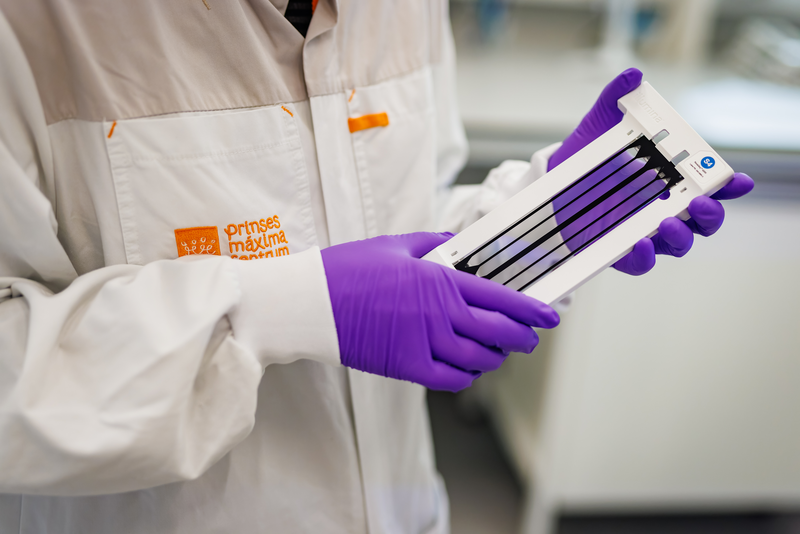
Complete analysis of the DNA of children with cancer offers many possibilities. It maps out all possible targeted treatment options and also accelerates research into the origin and development of cancer. That is why the Princess Máxima Center and Hartwig Medical Foundation are starting a collaboration to apply this complete form of molecular diagnostics for every child with cancer in the near future.
Changes in both the DNA and the RNA – a translation of the DNA code – can provide important clues about the exact type of cancer, the aggressiveness of the tumor, and the possible effect of targeted drugs. Since the opening of the Princess Máxima Center in 2018, all available RNA in a piece of tumor tissue is analyzed in all children with cancer in the Netherlands using so-called RNA sequencing and the DNA using whole exome sequencing (WES). This collaboration focuses on analysis of the entire DNA: whole genome sequencing (WGS).
Future transfer
Dr. Bastiaan Tops, head of the pediatric oncology lab at the Máxima: ‘With this collaboration we are taking an important step for both our diagnostics and research. The methods we use now provide us with information that is necessary to prescribe an appropriate treatment for each child by the pediatric oncologist. However, what it does not provide is a picture of the complete tumor DNA. With the current technology we map the DNA changes of all genes, but that is only 2% of the total DNA, while the complete overview is very interesting for researchers.’

An additional advantage is that different tests are combined in one test that is carried out at the Máxima. ‘That is why we aim to make the analysis of the entire DNA a permanent part of our molecular diagnostics in the long term.’
Exploring similarities and differences
Prof. Edwin Cuppen, scientific director of the Hartwig Medical Foundation, adds: ‘Mapping the complete tumor DNA has become increasingly accessible in recent years due to technological developments and falling costs. Hartwig has been performing these analyses since 2015 and more and more hospitals in the Netherlands are now using them for diagnostics in certain forms of cancer in adults.’

The increase in the use of whole genome sequencing also offers other benefits. Cuppen: ‘In addition to clinically relevant information, this technique also generates an enormous amount of data for research. Research into the similarities and differences of cancer in children, adolescents and adults is facilitated. This could have important consequences for the way we treat these groups with specific types of cancer.’
Collaboration accelerates new developments
The collaboration between the Máxima and Hartwig mainly focuses on uniform working methods and handling data. Cuppen: ‘If we all perform the same laboratory procedures and data analysis in the Netherlands, it will be possible to compare different databases with each other and improve certain analyses. For example, computer algorithms could ‘learn’ faster thanks to a larger amount of data.’
The Máxima focuses, among other things, on dealing with large amounts of data via cloud technology. Dr. Patrick Kemmeren, research group leader at the Máxima: ‘Cloud technology makes data accessible to researchers worldwide, without compromising the privacy of individual patients. This would greatly speed up research into the genetic aspects of a rare disease of childhood cancer.’ Cuppen: ‘Hartwig has a lot of experience with this and currently manages one of the largest publicly accessible databases with information from many thousands of patients, which researchers worldwide use.’
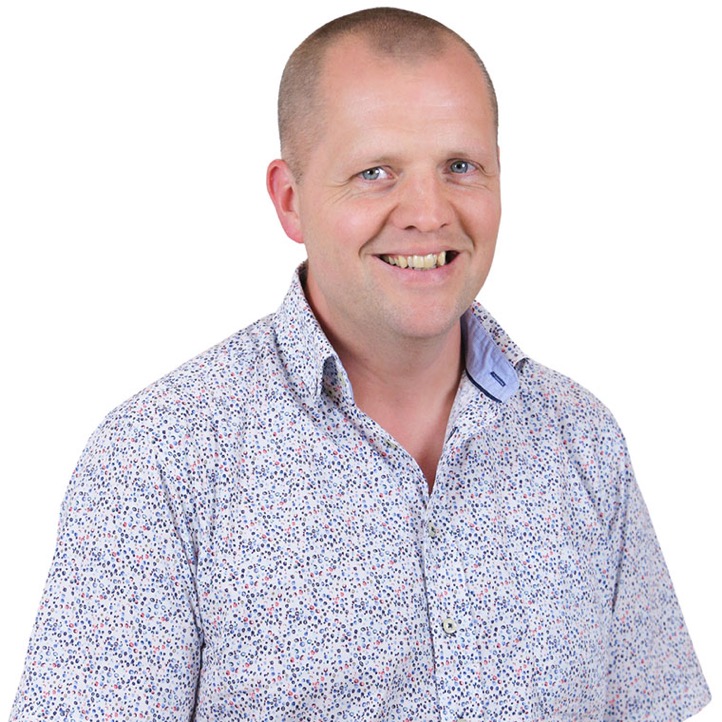
If whole genome sequencing is used structurally, the data volume will grow to several petabytes. Kemmeren: For context, to store one petabyte, you need 1,000 ‘normal’ laptops and a lot of computer power to analyze the data. That is also why cloud computing technology is an important factor, it has virtually unlimited storage capacity and absorbs peak loads.’
By taking the lead, Máxima and Hartwig hope that more international centers will follow and thus accelerate research into child cancer using DNA analyses.
You read an article in the category Whole genome sequencing. You may also be interested in Biomarker, Hartwig Medical Database, Hartwig Medical Foundation, Learning healthcare system, Molecular diagnostics, Participating hospitals, Research All newsAlso read
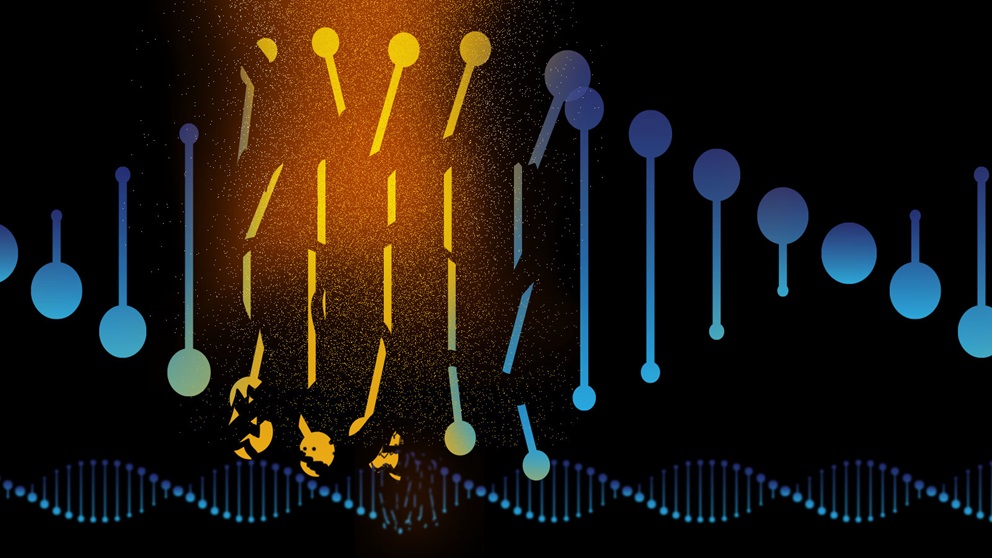
Measuring the effects of radiotherapy on cancer may open up avenues for treatment
Radiotherapy works by damaging the DNA of cancer cells. It’s an effective strategy overall, but many cancers have subsets of …
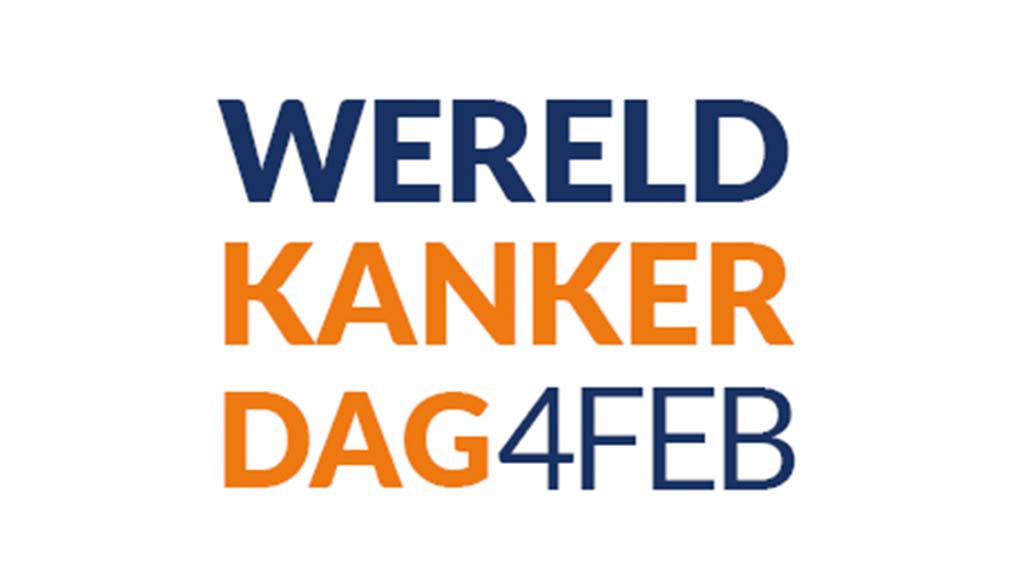
Take a virtual tour of our laboratory: from the biopsy to the patient report
What happens to your tumor tissue and blood during a comprehensive DNA test? What exactly does all the complex equipment …
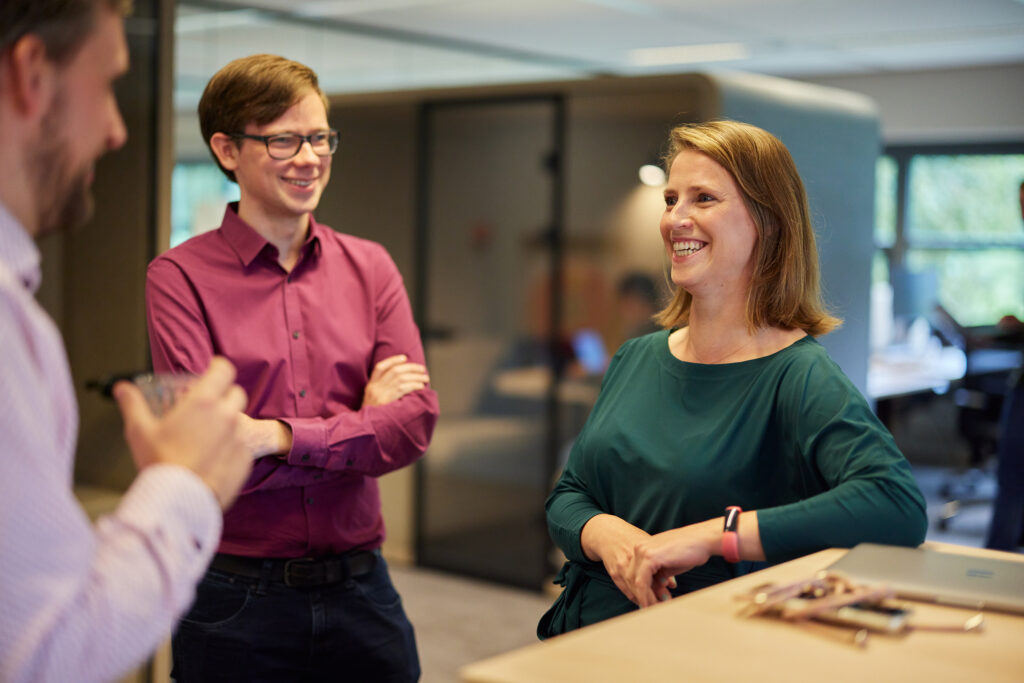
Join us for an evening of Healthcare Tech innovation with Hartwig Medical Foundation and GCUG
Calling all software developers and tech enthusiasts 🚀 Hartwig Medical Foundation partners with Google Cloud User Group (GCUG) to bring …
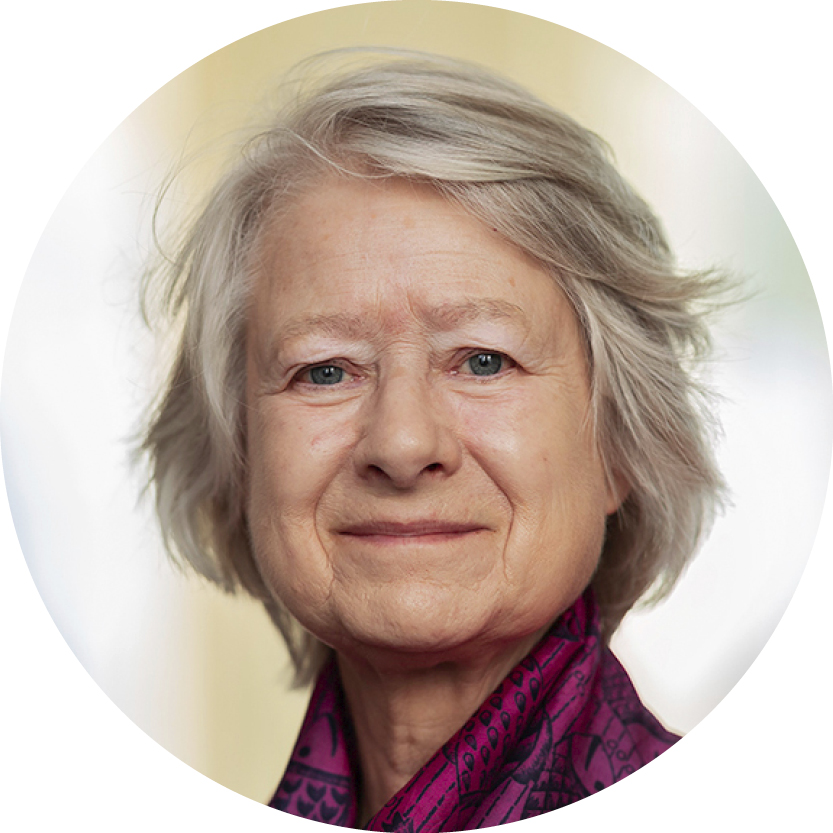
The complete DNA test provides a complete overview of all potential targeted cancer treatments. The patient and the attending physician have all available information to make a treatment decision.